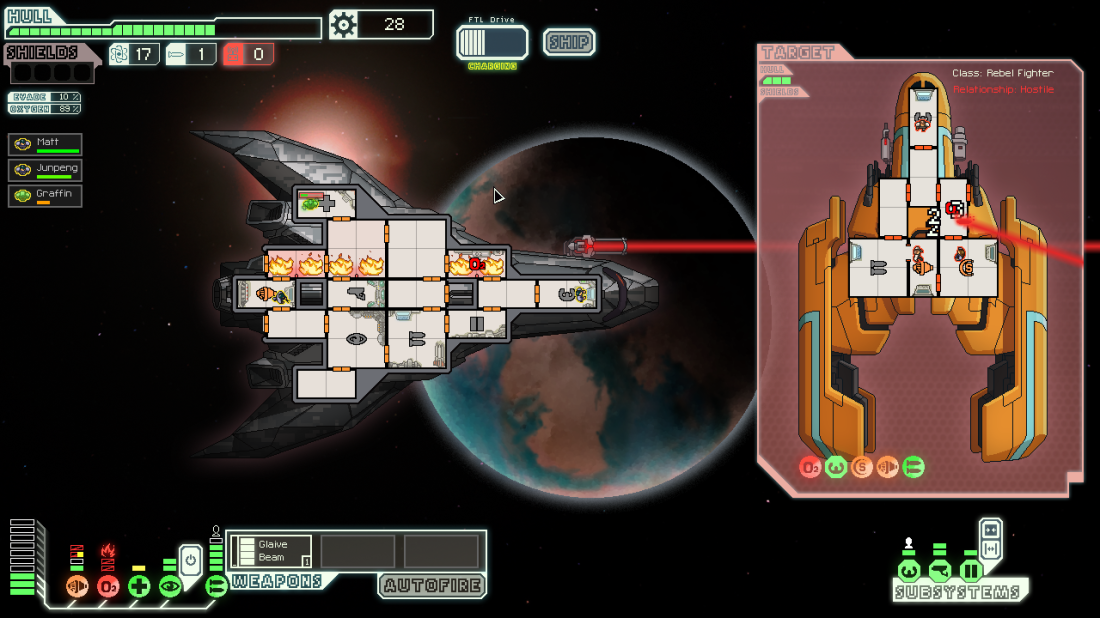by Slash, priest of the Temple of the Roguelike, January 2018
The “roguelike” term started being used around 1993 in Usenet (a predecessor to the Internet Forums) to group together the discussion on “single-user, fantasy role-playing computer games, generally set in a dungeon, run with a simple graphic interface”. For the lack of a clearer definition, the games used as main examples of what this term was intended to represent were Rogue, Hack, Nethack, Moria, Angband and to an extent Larn and Omega. Being Rogue the predecessor to all the other games on this set, “roguelike” was initially accepted as “the least of all available evils”. (Read more)

As time went by it became evident that what tied together these games was something beyond their theme or graphical representation; a set of shared gameplay elements sparkled the interest of hobbyist game developers which took the genre to another level. Taking the features they liked from these original games, they created derivatives tweaking the mechanics and implementing new themes. For a time most developers in this small community deviated little from the general norm, and the identity of the genre remained stable. ADoM, Crawl, GearHead, ToME and many other games were created, while Angband and NetHack continued evolving.

At some point, other game developers saw the potential that some features of these roguelikes had, but they also perceived some elements of the traditional format prevented them from being enjoyed by a wider audience, they took these features, mainly the replayability potential of the procedural level generation and the implications on gameplay of permanent failure, and adapted them to other kind of games, real-time side-scrollers, 3D First Person shooters, action RPGs and more.

Because of these big changes on the game format, there was a growing confusion on the meaning of the “roguelike” term. Some hardcore old timers refused to let any real time or meta progression game bear the roguelike label (the simple character graphics interface aspect had already been given up by most except the extreme purists), while newcomers to the scene couldn’t understand what was the big deal. A series of terms including roguelite, roguelike-like and action roguelike then appeared to refer to these games.

Nowadays (2018), the roguelike genre is more alive than ever with traditional style roguelikes still being developed while at the same time aspects of the roguelike formula continue permeating other genres creating exciting and fun games.

Throughout the years there have been several efforts to interpret What a Roguelike is; while none of them should be used as a definitive guide to classifying a game as a roguelike, they can give an idea of the many features the games of the genre have:
- My updated “Traditional Roguelike” Interpretation (2018)
- My 7 points “Classic Roguelike” criteria (2014)
- The 15 points Berlin Interpretation (2008)
- My 13 points “roguelikeness” factors (2008)
